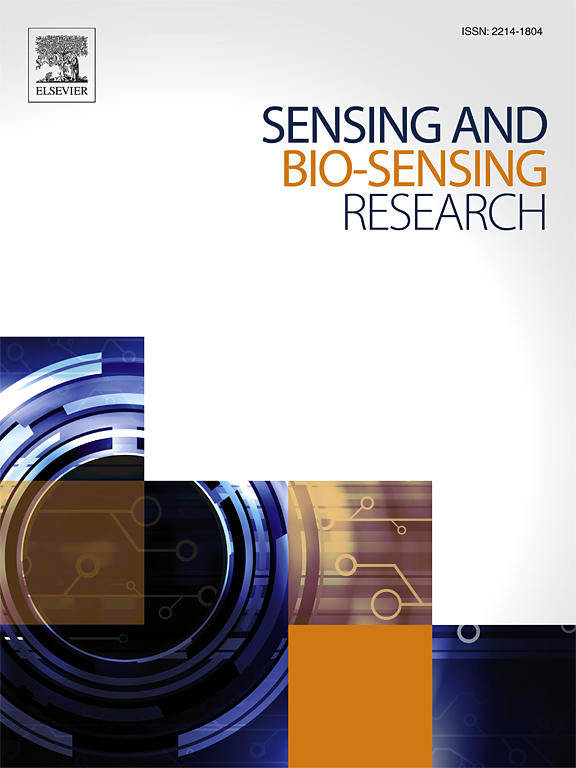Quality assessment of chicken using machine learning and electronic nose
IF 5.4
Q1 CHEMISTRY, ANALYTICAL
引用次数: 0
Abstract
Meat is highly perishable food and prone to microbial contamination under various storage conditions. Quality assessment at both retail and industrial levels often relies on organoleptic properties, gas chromatography, and total bacterial count, all of which require trained personnel and significant resources. As a result, there is a need for a more efficient and reliable system to determine chicken quality. This study investigates the use of an electronic nose system—a sensor array that detects odors and generates data, which is then analyzed by machine learning algorithms to predict chicken freshness. An electronic nose system was developed using six MQ gas sensors and one humidity temperature sensor. Data was collected from chicken samples over a period of 15 days. To evaluate the performance of the machine learning algorithms, different data splitting approaches were tested to understand their impact on model accuracy. Random Forest achieved 100 % accuracy with randomly split data and 69 % accuracy with non-randomly split data. Support Vector Machine, using the recursive feature elimination technique, attained 78.5 % accuracy without random splitting. The study also reviewed existing literature, highlighting that random data splitting is not suitable for electronic nose data. Overall, the findings suggest that the electronic nose system, combined with appropriate data handling and machine learning techniques, can effectively assess chicken freshness, potentially offering a valuable tool for the poultry industry.
求助全文
约1分钟内获得全文
求助全文
来源期刊

Sensing and Bio-Sensing Research
Engineering-Electrical and Electronic Engineering
CiteScore
10.70
自引率
3.80%
发文量
68
审稿时长
87 days
期刊介绍:
Sensing and Bio-Sensing Research is an open access journal dedicated to the research, design, development, and application of bio-sensing and sensing technologies. The editors will accept research papers, reviews, field trials, and validation studies that are of significant relevance. These submissions should describe new concepts, enhance understanding of the field, or offer insights into the practical application, manufacturing, and commercialization of bio-sensing and sensing technologies.
The journal covers a wide range of topics, including sensing principles and mechanisms, new materials development for transducers and recognition components, fabrication technology, and various types of sensors such as optical, electrochemical, mass-sensitive, gas, biosensors, and more. It also includes environmental, process control, and biomedical applications, signal processing, chemometrics, optoelectronic, mechanical, thermal, and magnetic sensors, as well as interface electronics. Additionally, it covers sensor systems and applications, µTAS (Micro Total Analysis Systems), development of solid-state devices for transducing physical signals, and analytical devices incorporating biological materials.
 求助内容:
求助内容: 应助结果提醒方式:
应助结果提醒方式:


